The animal kingdom features some of the most toxic creatures on earth, some so poisonous that they kill their prey within an hour. We’ve compiled 21 of these toxic animals that you definitely don’t want to be stuck with and should steer clear of at all costs!
Box Jellyfish

The box jellyfish is a marine creature with booby-trapped tentacles called nematocysts, full of poisonous, potassium-loaded darts. The NOAA explains that, as a victim of one, you’re potentially at risk of “paralysis, cardiac arrest, and even death, all within a few minutes of being stung.”
Inland Taipan

Although no human fatalities have been directly linked to a bite from one, the inland taipan is regarded as the most venomous snake in the world. Its neurotoxic venom is bolstered by a spreading agent that makes its adsorption the fastest among all snake venoms, possibly leading to death within an hour.
Poison Dart Frog
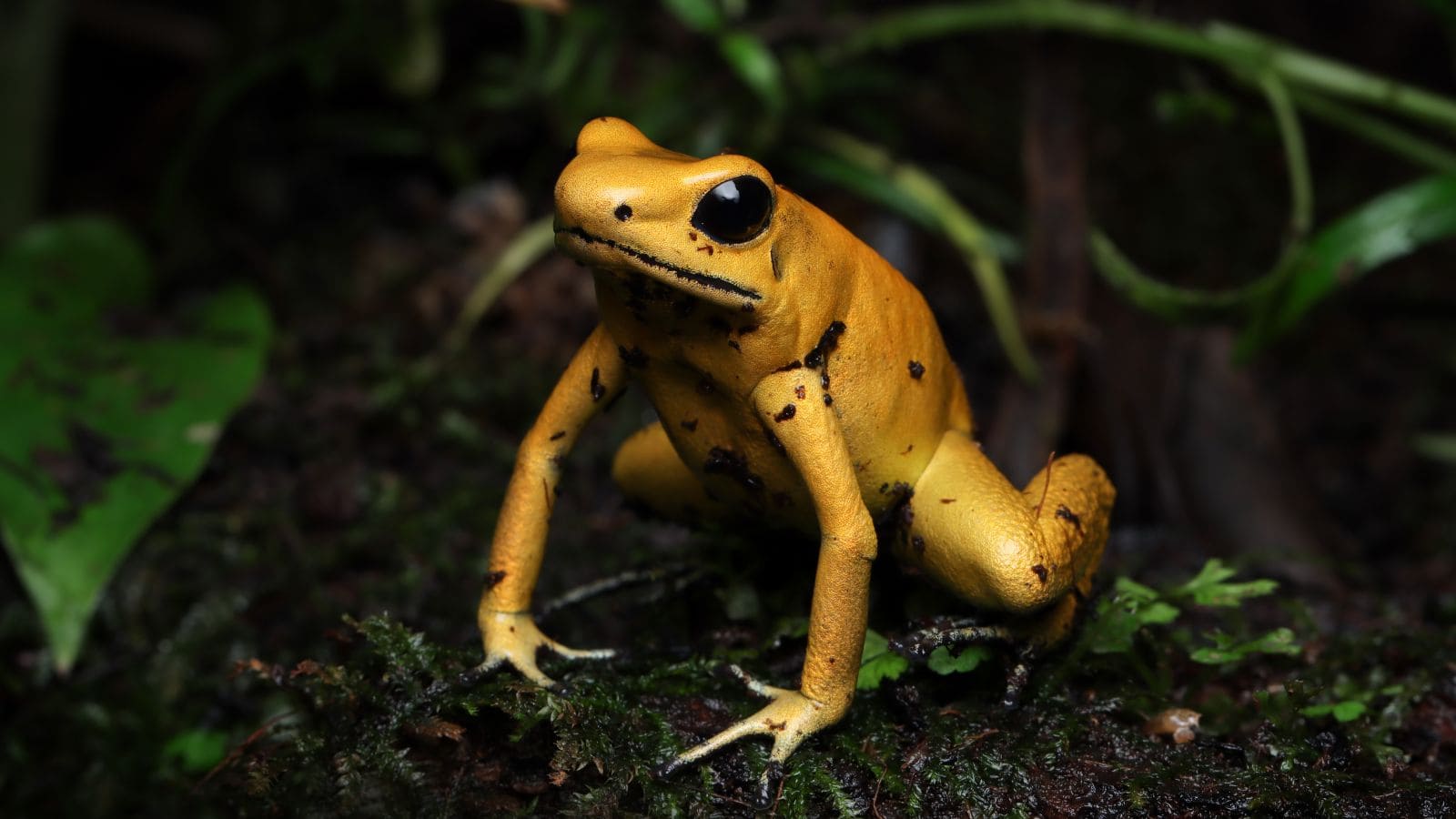
The poison dart frog is so toxic that it’s said to have enough poison to kill 20,000 mice and up to 20 adult humans. It’s even more scary that you’re at risk of experiencing swelling, nausea, and muscular paralysis just by touching your skin. This toxic property is said to come from the ants they eat.
Harvester Ant
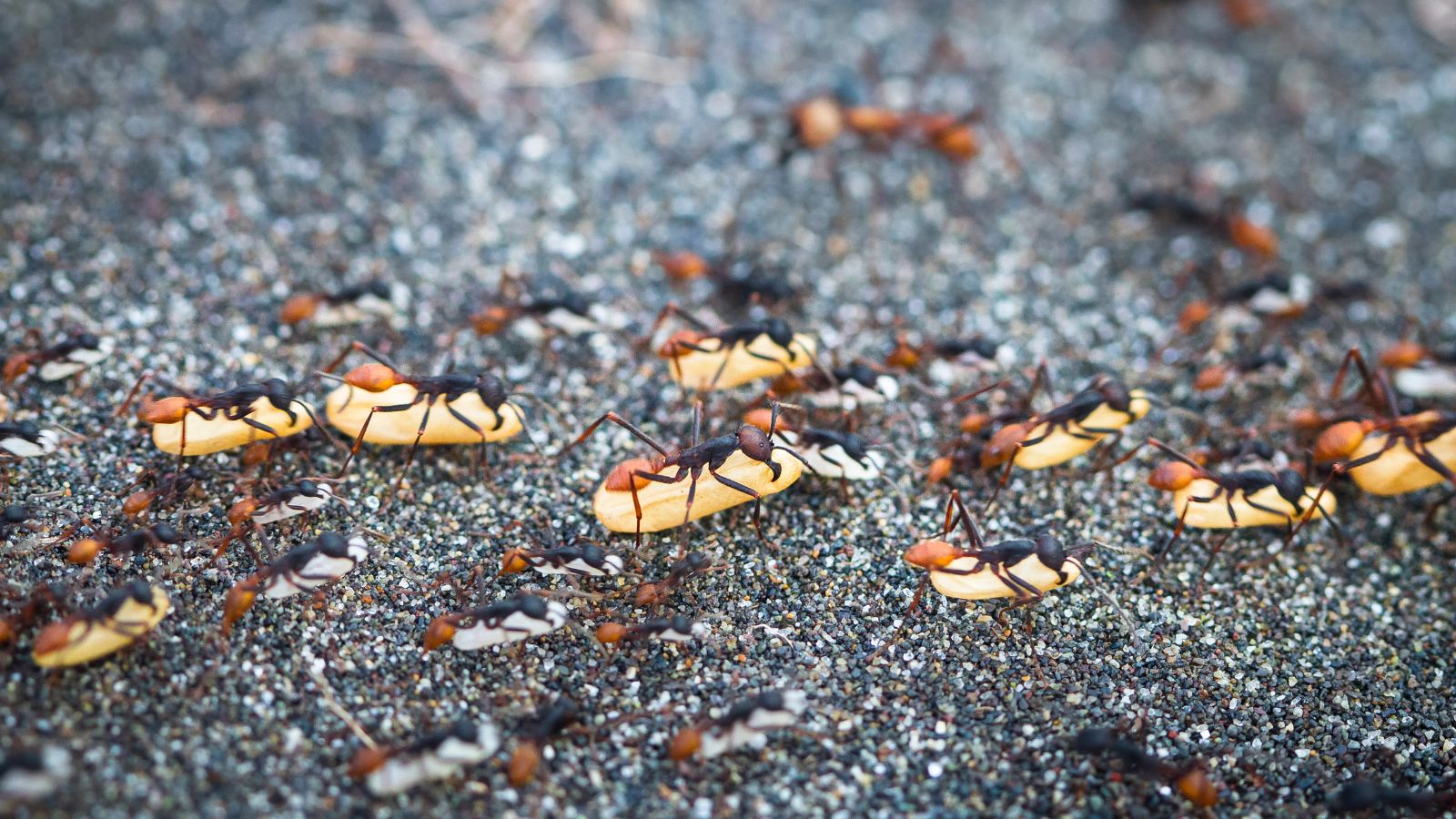
Harvester ants, particularly the species Pogonomyrmex maricopa, possess venom that is among the most toxic of any insect. Their sting affects the lymphatic system and can cause intense pain, swelling, and, in some cases, allergic reactions. While not usually fatal, the pain is severe and can last for hours, making it a significant threat.
Gila Monster
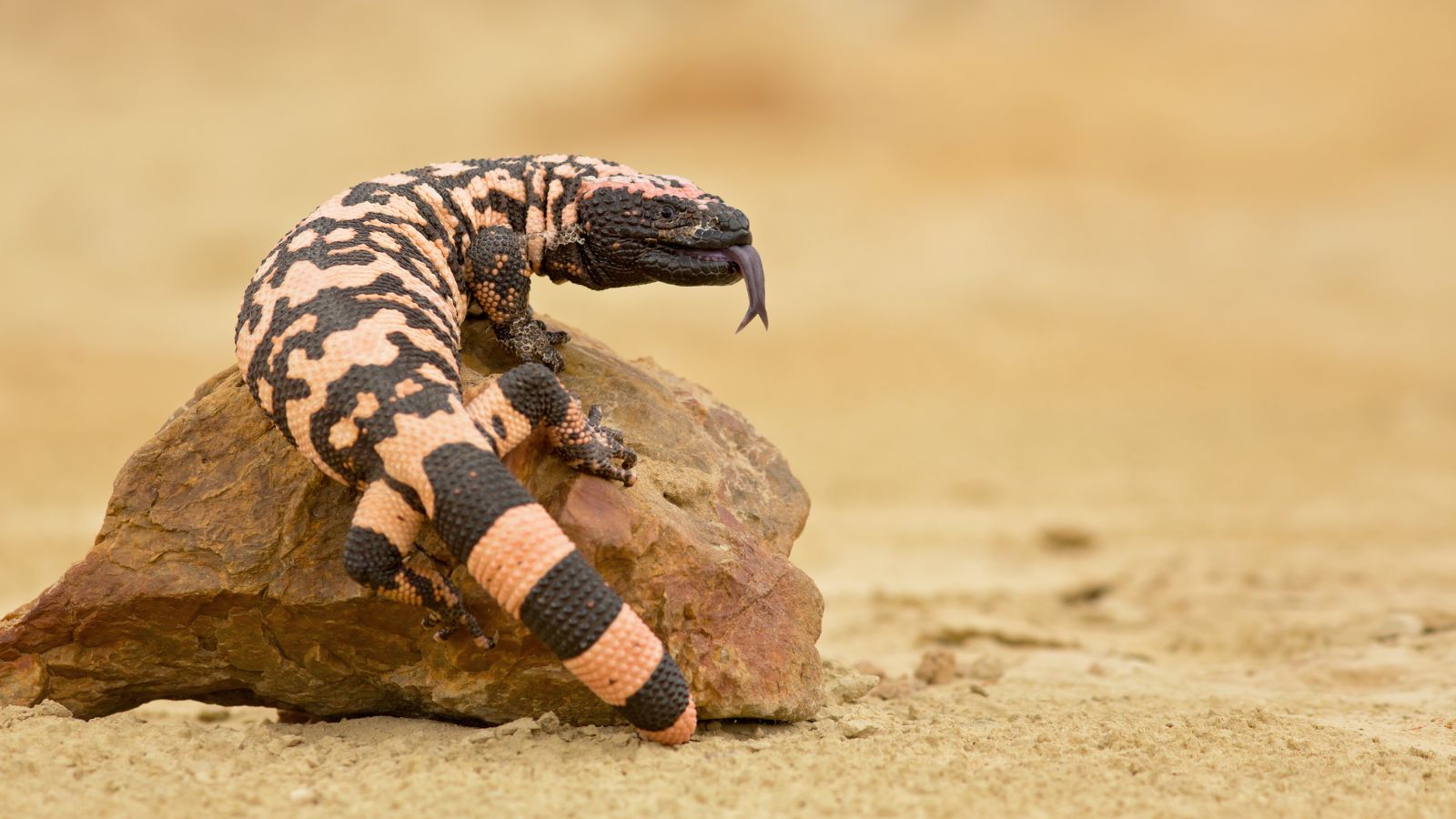
Native to the southwestern U.S. and Mexico, the Gila monster’s venom is delivered through grooves in its teeth. A bite from one causes extreme pain, swelling, and weakness. Described as ‘shy but risky,’ their venom isn’t usually fatal, but it’s still potent and requires medical attention to prevent complications.
Blue-Ringed Octopus
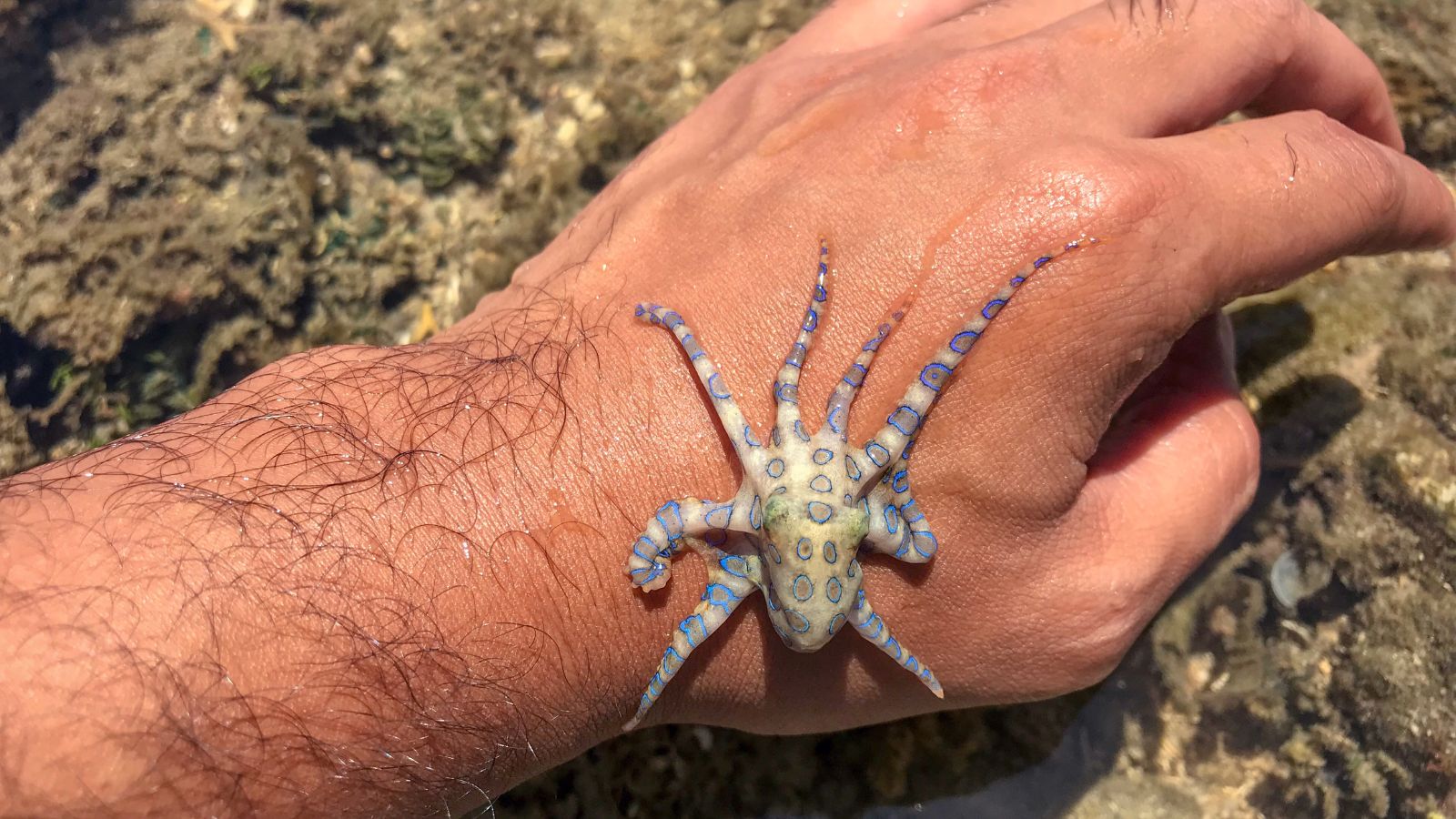
Despite its small size, the blue-ringed octopus is one of the ocean’s most lethal animals. Its venom contains tetrodotoxin, a potent neurotoxin that blocks sodium channels, eventually leading to respiratory failure. There is no known antivenom, and its bite can be fatal within minutes if untreated properly.
Stonefish
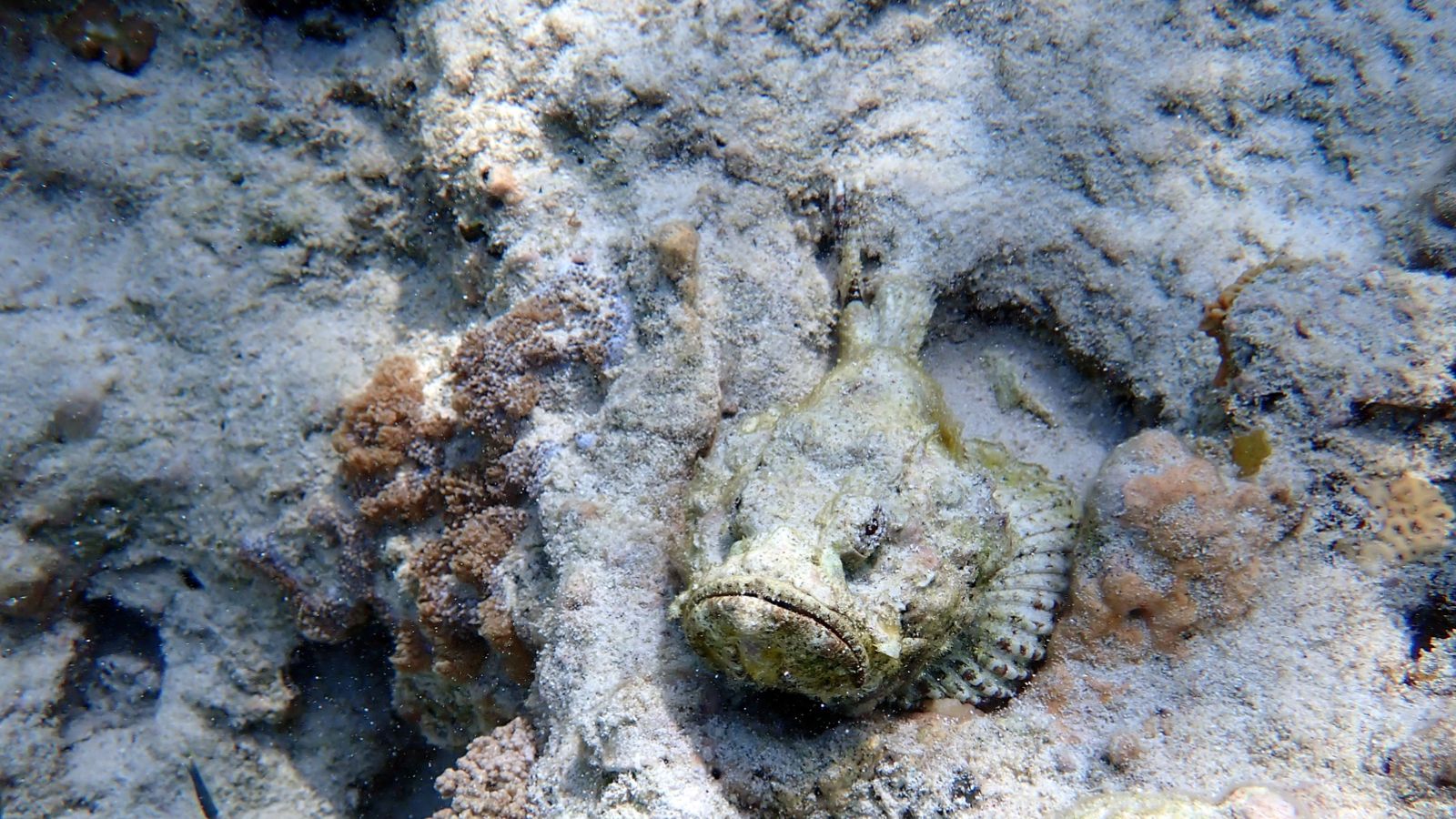
Camouflaged perfectly with its surroundings, the stonefish is both hard to spot and incredibly venomous. It possesses needle-like dorsal spines that release venom when stepped on, and this can lead to excruciating pain, paralysis, and even death if not treated promptly. This is especially the case in remote locations.
Sydney Funnel-Web Spider
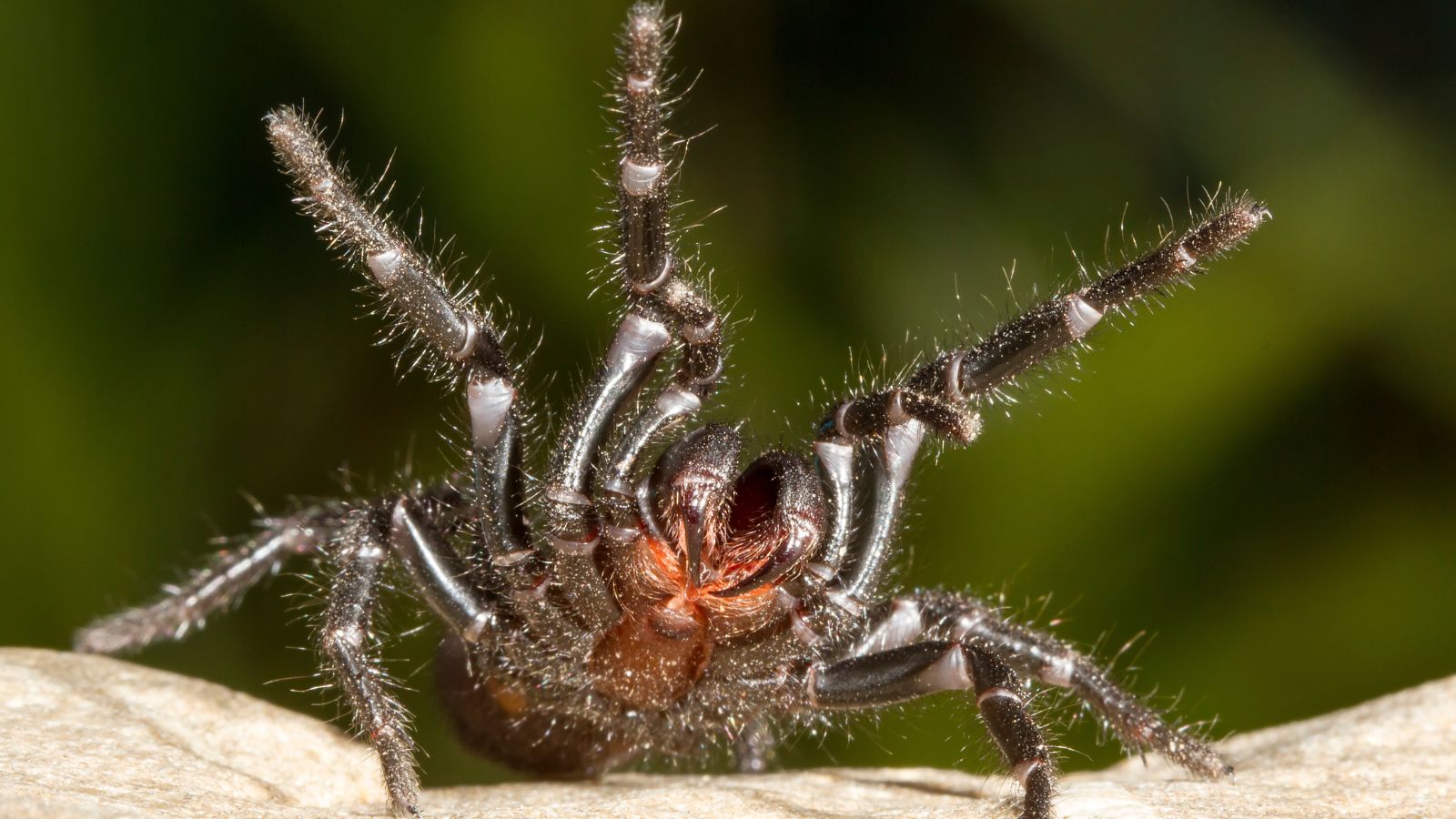
Found in Australia, the Sydney funnel-web spider’s venom is notorious for its fast-acting effects. It contains a toxin that attacks the nervous system and can be fatal to humans within hours. Fortunately, an effective antivenom is available, reducing fatalities and providing relief from severe symptoms.
Cone Snail
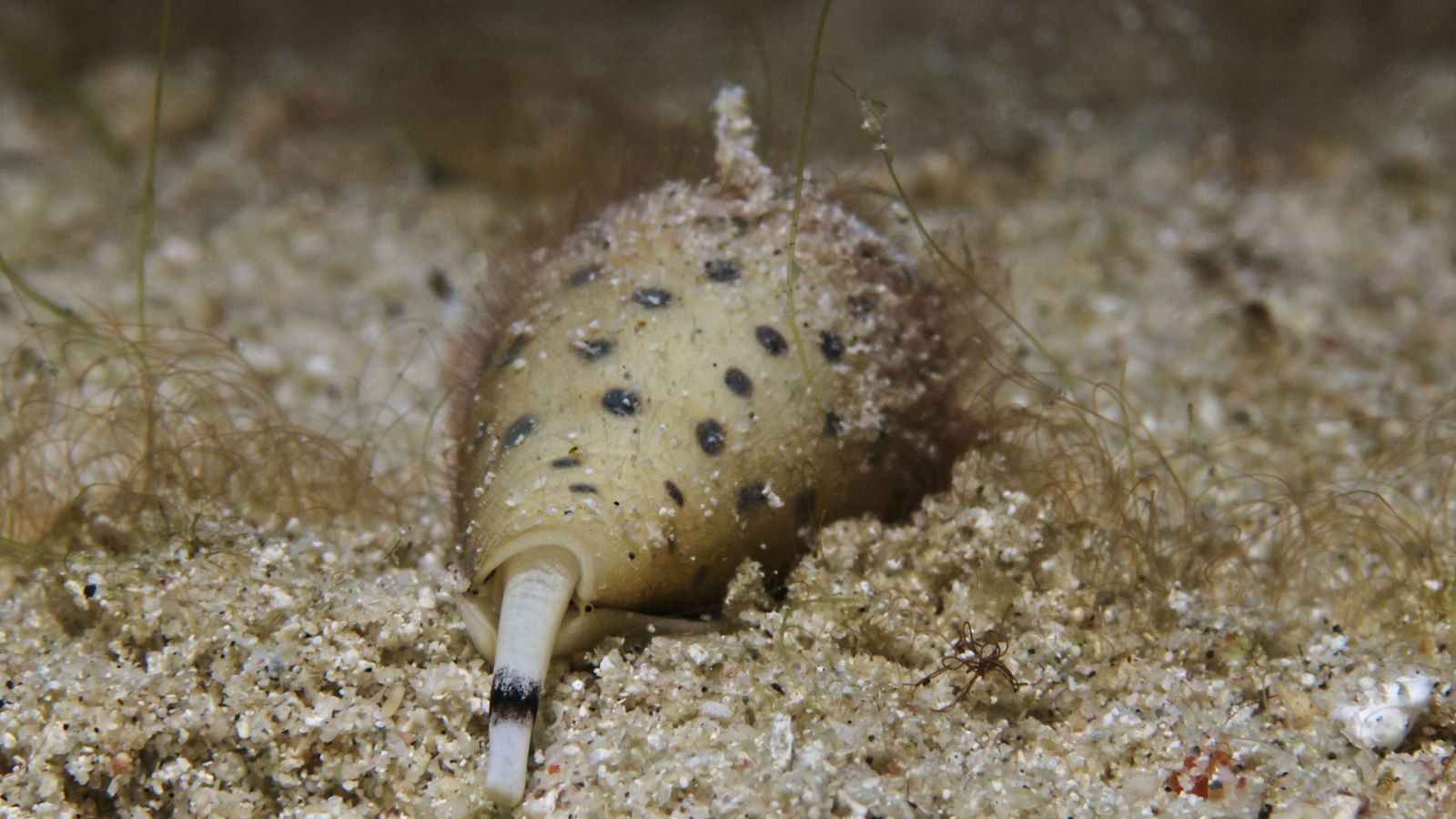
These beautiful yet deadly marine snails have a venomous harpoon-like tooth. The venom, called conotoxin, can cause paralysis and respiratory failure by inhibiting nerve cell communication. Although fatalities are rare due to the snail’s habitat and behavior, its sting is highly dangerous and should not be underestimated.
Brazilian Wandering Spider
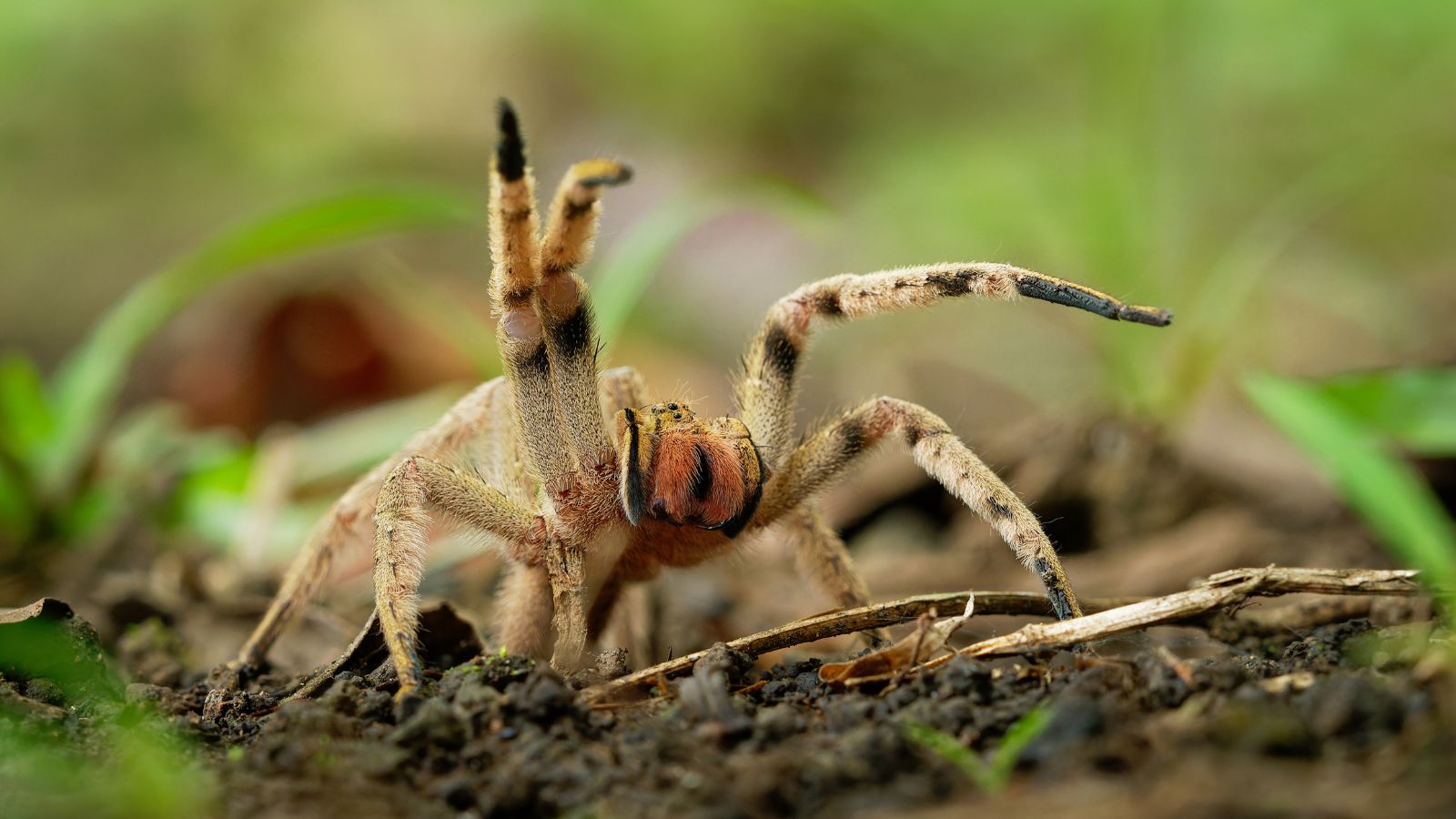
Often considered the most venomous spider, the Brazilian wandering spider has a potent neurotoxin that can cause intense pain and paralysis. Its aggressive nature and tendency to wander into human habitats make it particularly dangerous, and symptoms of a sting can escalate quickly, making immediate medical attention necessary to prevent severe outcomes.
King Cobra
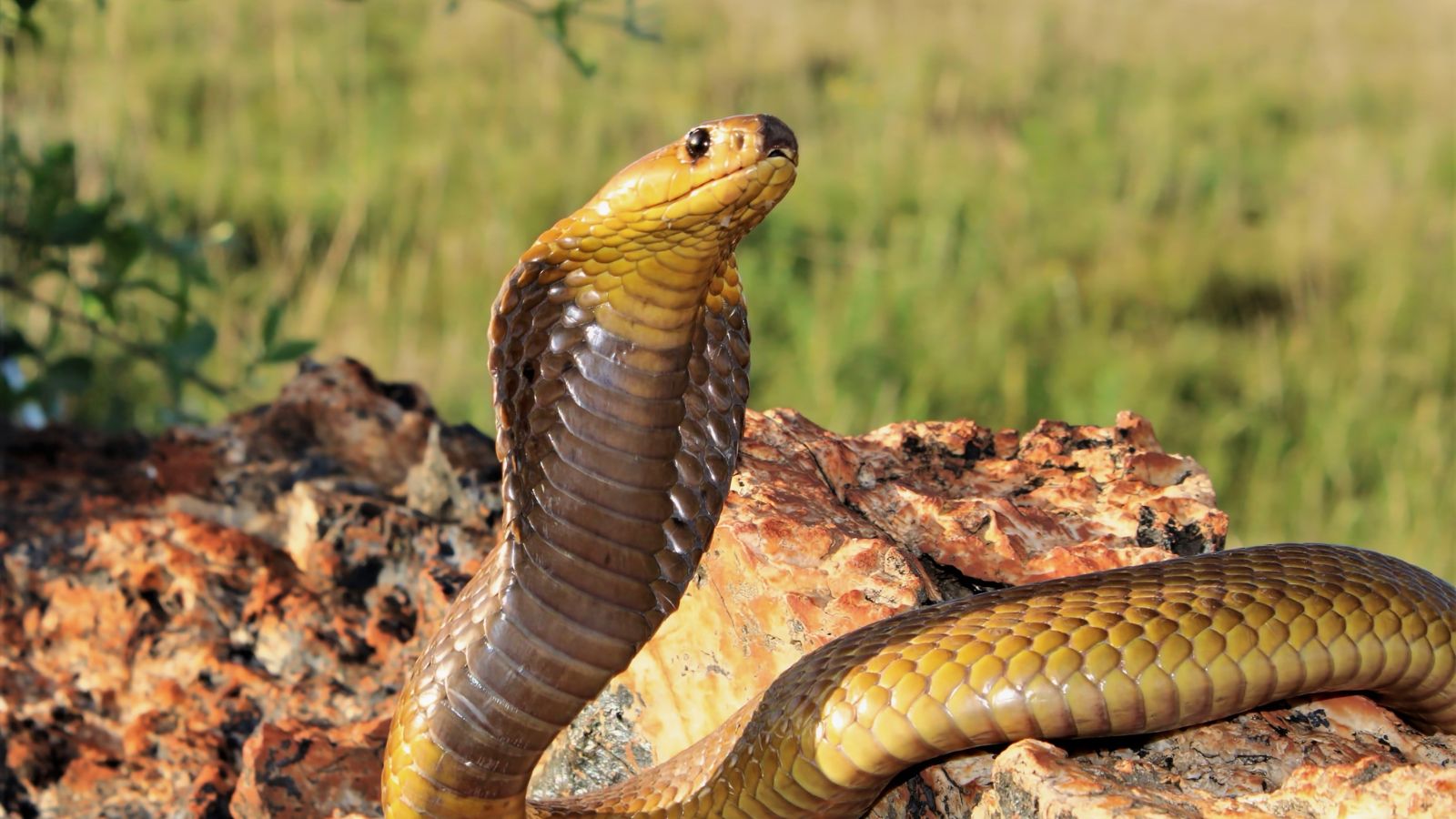
Renowned as the longest venomous snake in the world, the king cobra can deliver a bite that releases large amounts of neurotoxins into its victim, leading to respiratory failure and cardiac arrest if not treated swiftly. Thankfully, despite its lethal venom and size, the king cobra usually avoids human confrontation unless provoked or threatened.
Deathstalker Scorpion
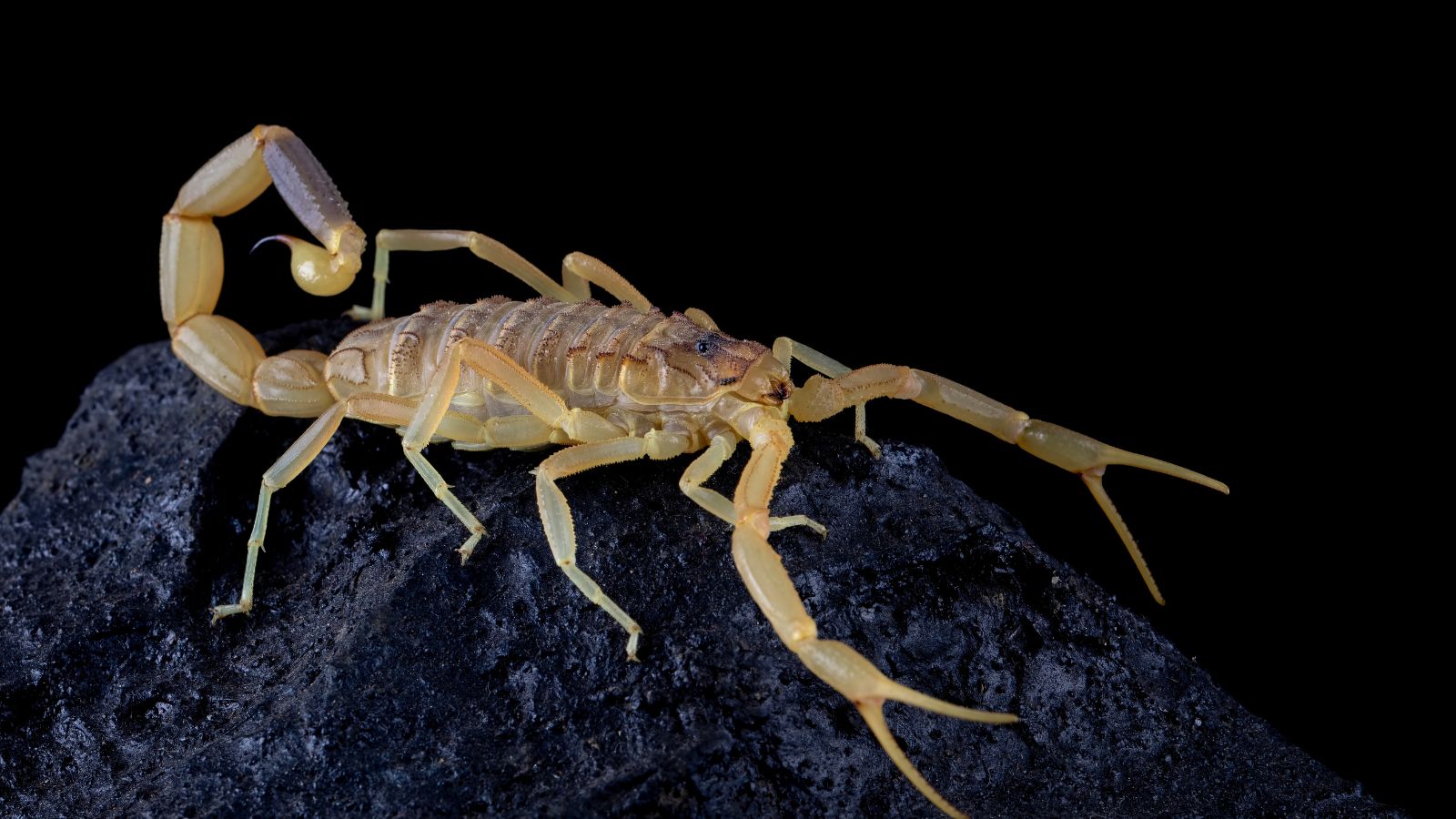
The deathstalker scorpion’s venom is a powerful cocktail of neurotoxins and cardiotoxins. Found in North Africa and the Middle East, its sting can cause unbearable pain, fever, convulsions, and paralysis. While it rarely results in death, children and the elderly are particularly at risk and require urgent care.
Pufferfish
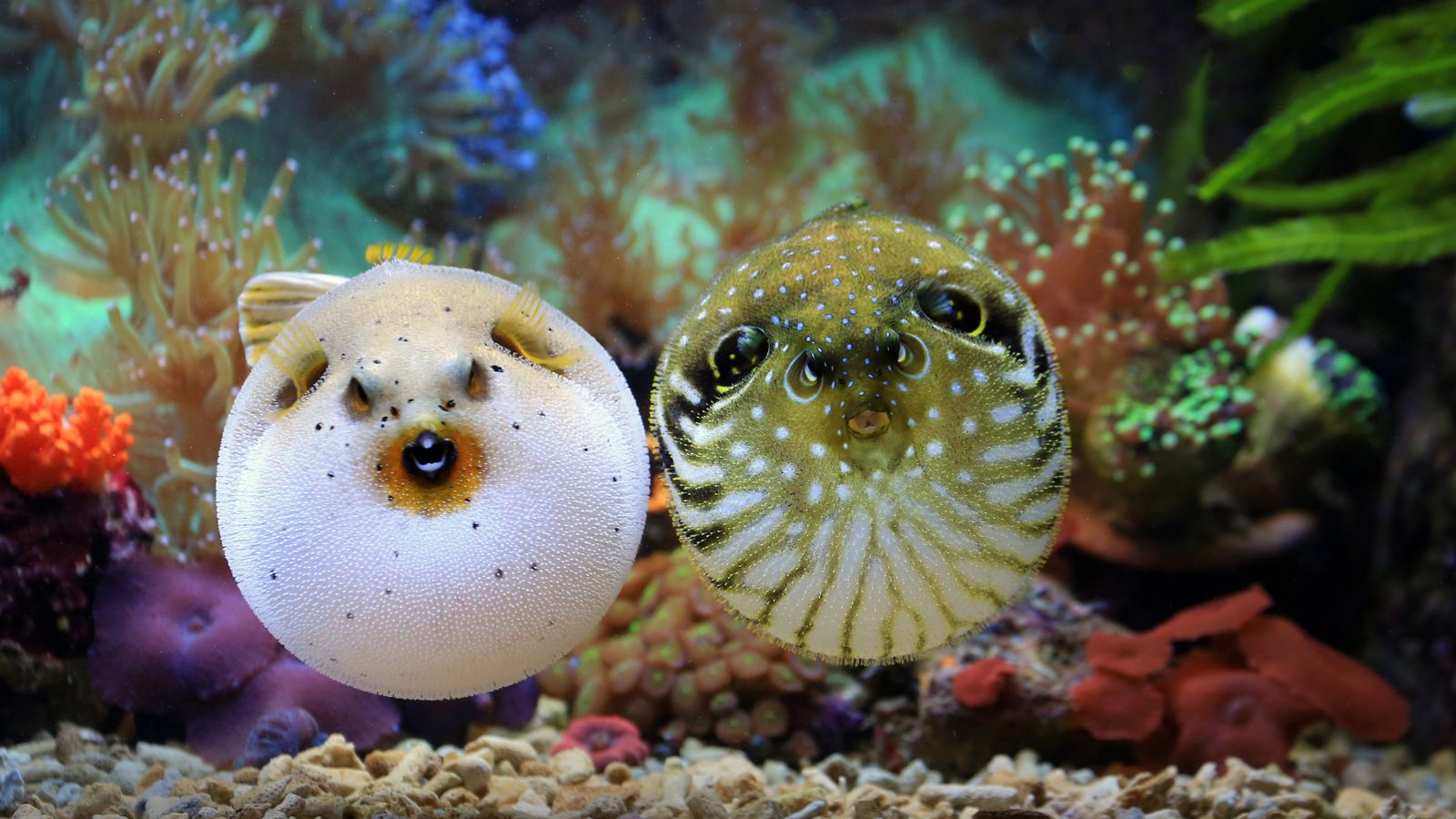
Pufferfish, or fugu in Japan, contain tetrodotoxin, which is 1,200 times more poisonous than cyanide. The poison is mainly found in the liver, ovaries, and skin, and a single fish holds enough toxin to kill 30 adult humans. Surprisingly, it’s still a delicacy for many—one that requires expert preparation and utmost caution.
Africanized Honey Bee
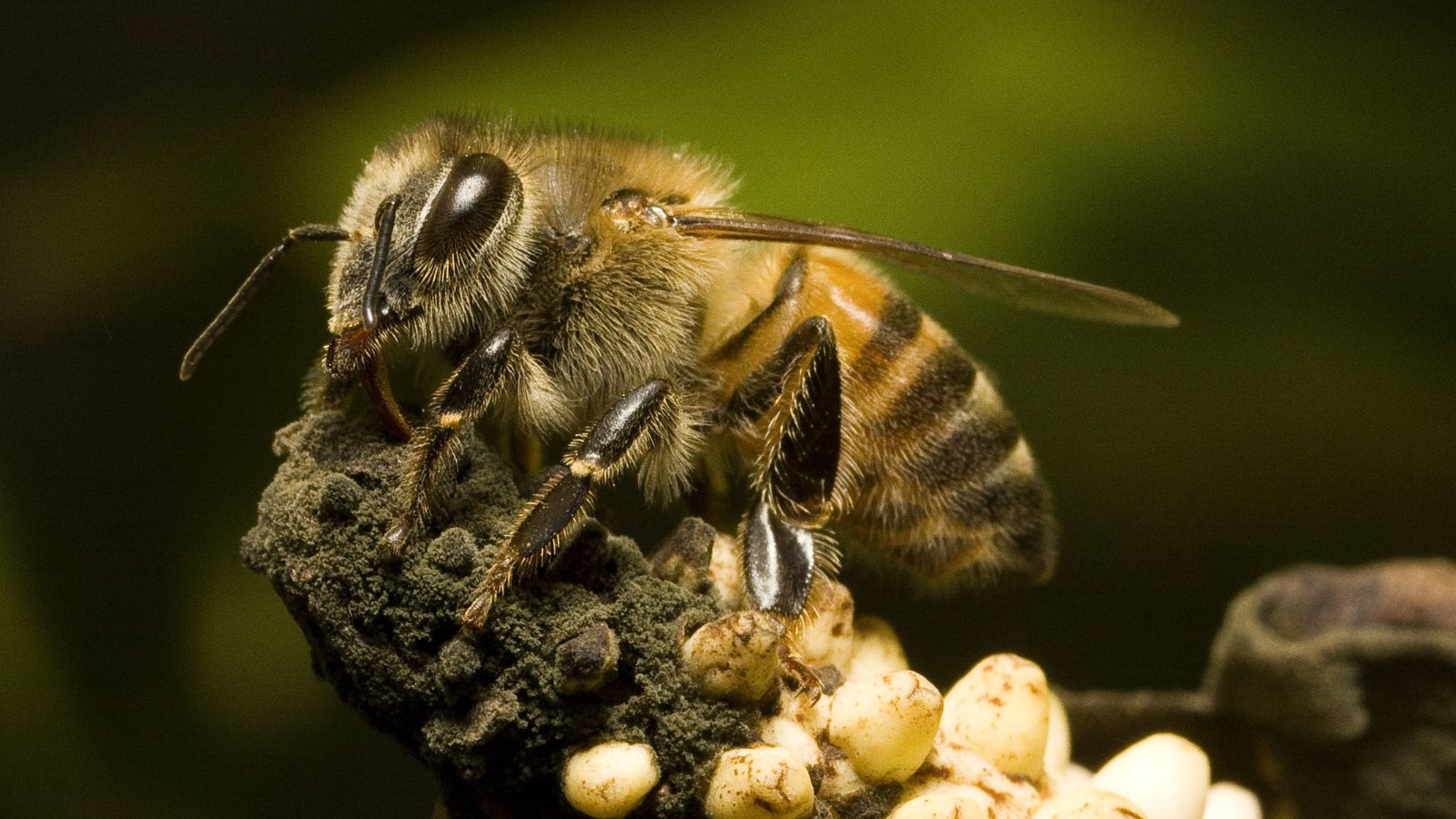
Often called ‘killer bees,’ Africanized honey bees are highly aggressive and more likely to swarm than other bees. Their venom isn’t more potent, but the sheer number of bees during a swarm attack (up to over 100,000) and the number of stings they can inflict can lead to serious injury or death. This is particularly true for allergic individuals.
Beaked Sea Snake
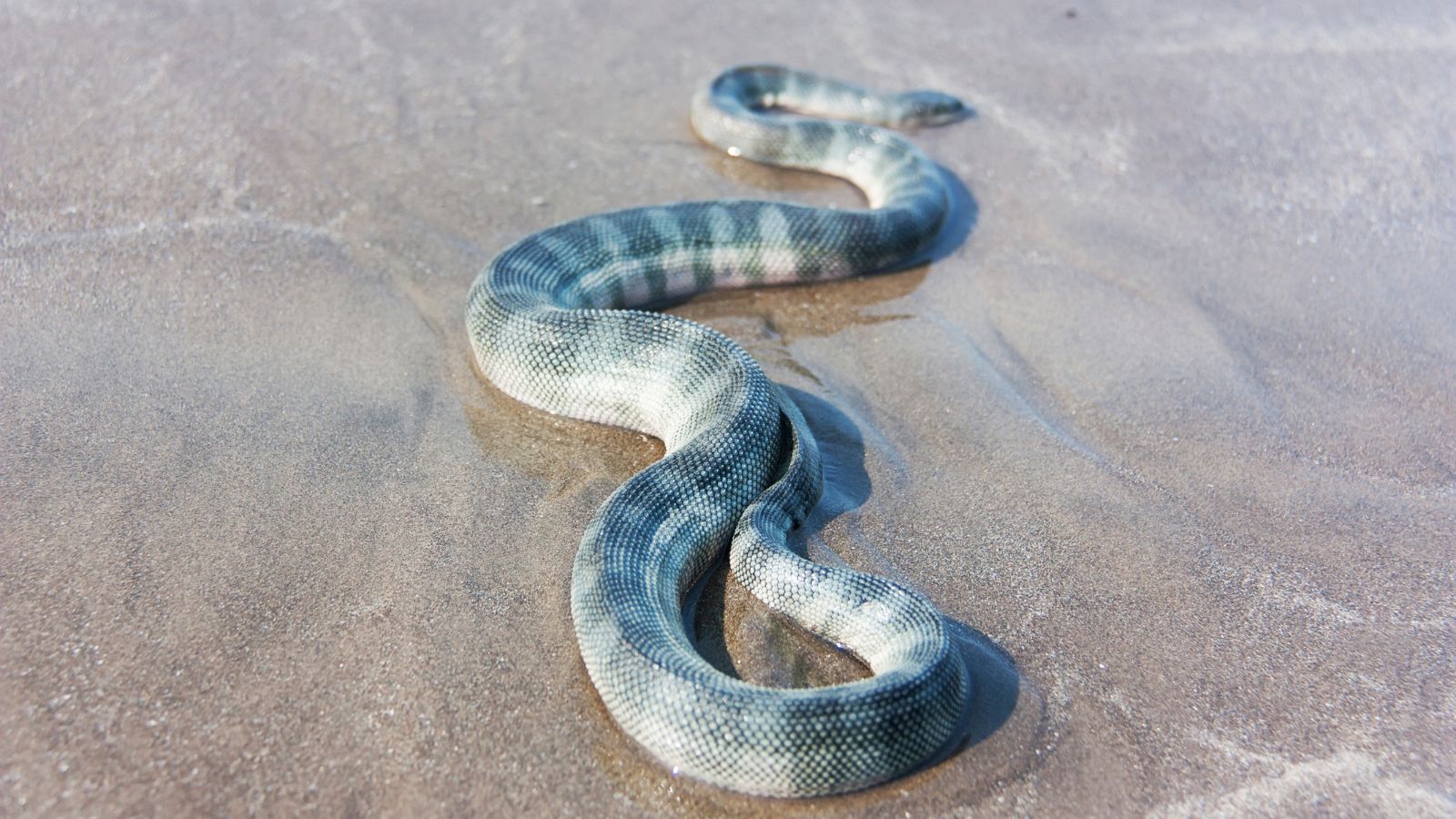
The beaked sea snake, found in the Indian Ocean and Southeast Asia, has four to eight times more potent venom than a cobra’s. Its bite can result in muscle pain, stiffness, and paralysis, with death often occurring due to respiratory failure. Immediate medical intervention is crucial to preventing fatalities.
Marbled Cone Snail
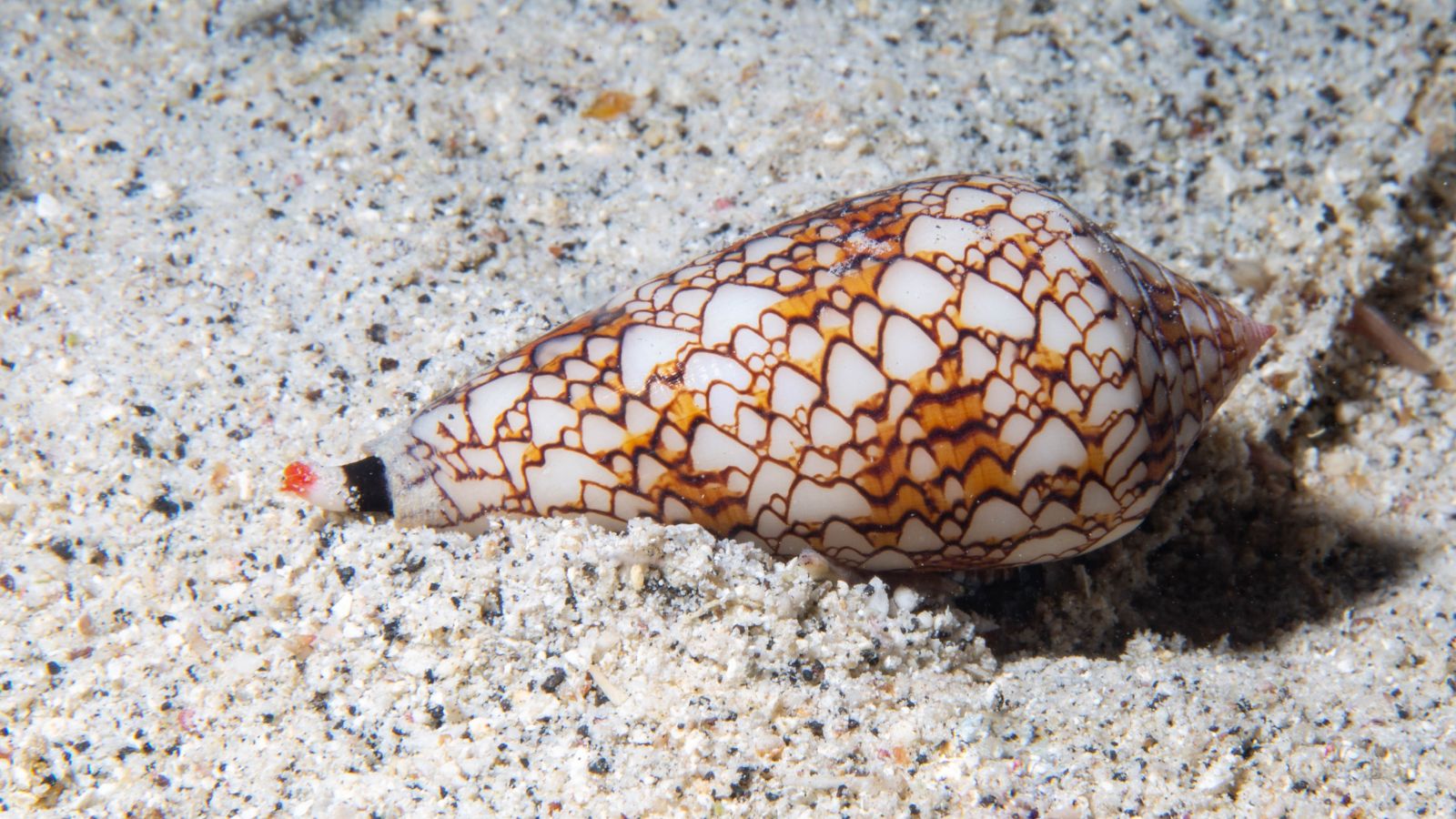
With their beautiful shells, marbled cone snails carry a venomous sting capable of causing severe pain, swelling, and paralysis. They use a harpoon-like tooth to inject conotoxin into their prey, which blocks nerve signals. What’s more, there is no antivenom, and the sting can be deadly if untreated promptly and properly.
Boomslang
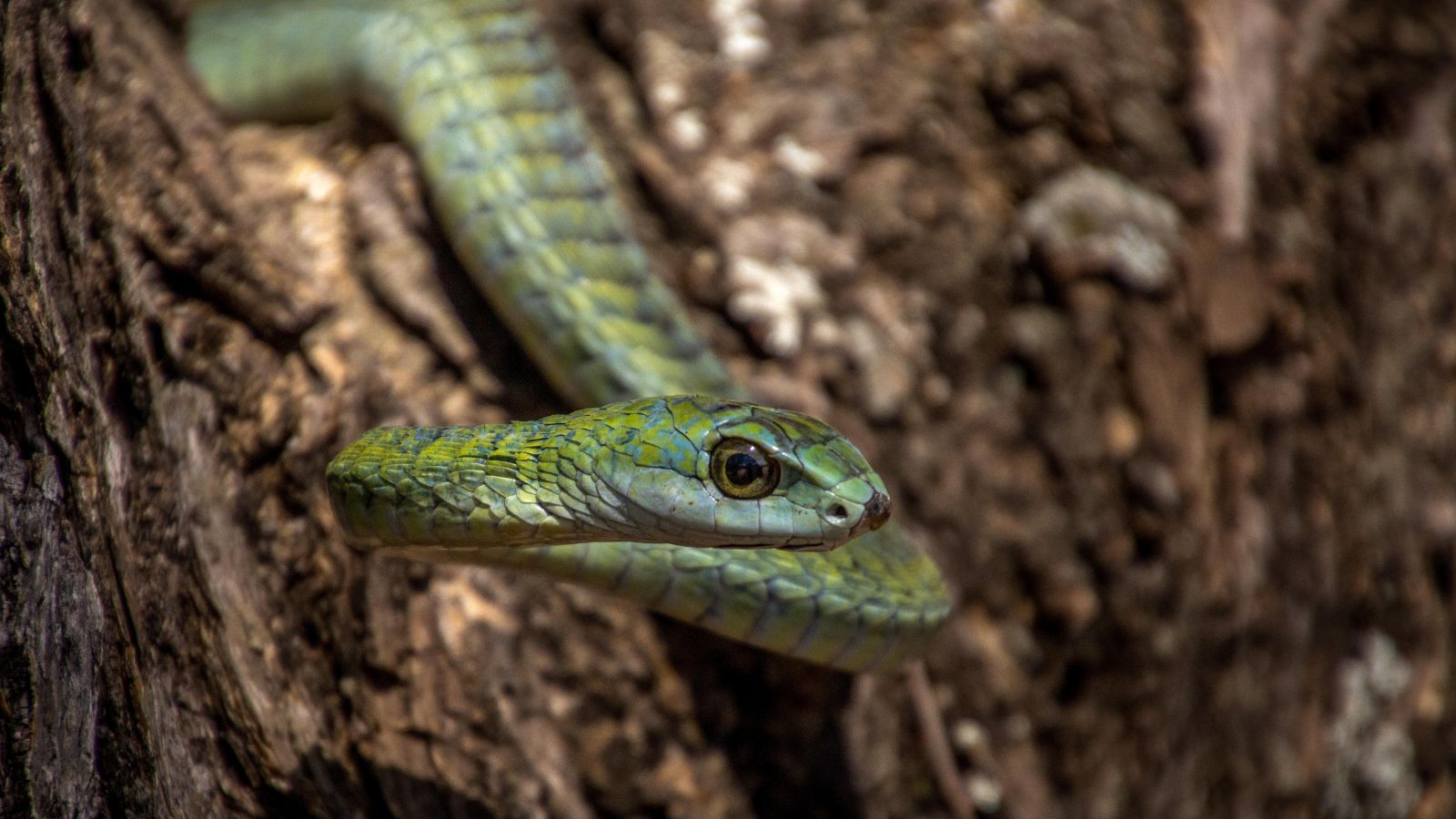
The boomslang, an arboreal snake from Africa, has hemotoxic venom that causes internal and external bleeding. Its fangs are located at the back of its mouth, necessitating a deep bite for effective envenomation. Without prompt treatment, its bite can be fatal due to massive blood loss and organ failure.
Indian Red Scorpion
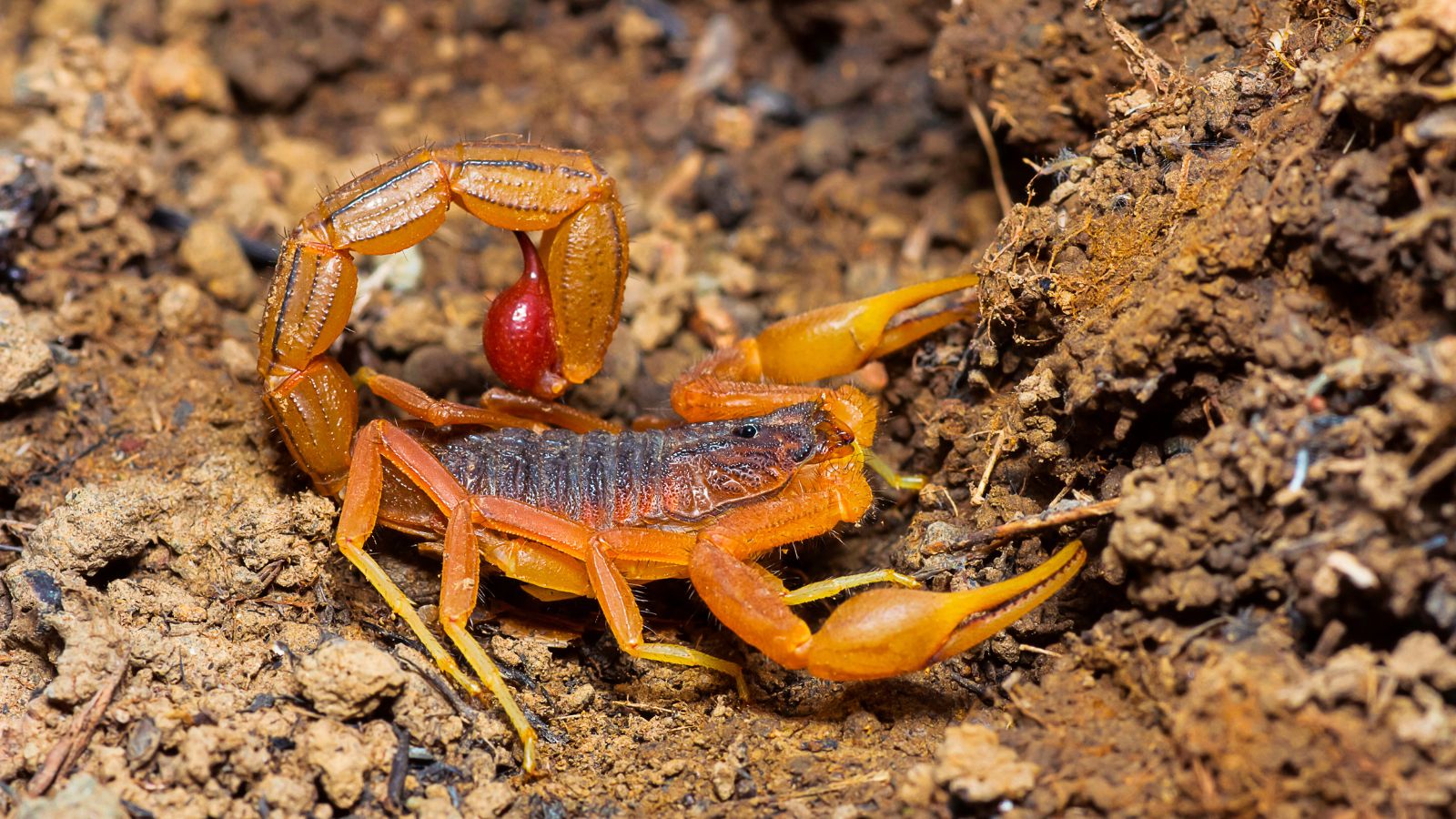
The Indian red scorpion is one of the deadliest scorpions in the world. Its venom causes severe pain, vomiting, sweating, and hypertension, which can lead to pulmonary edema and heart failure in severe cases. Medical intervention is essential to mitigate its effects and prevent long-term health consequences.
Dubois’ Sea Snake
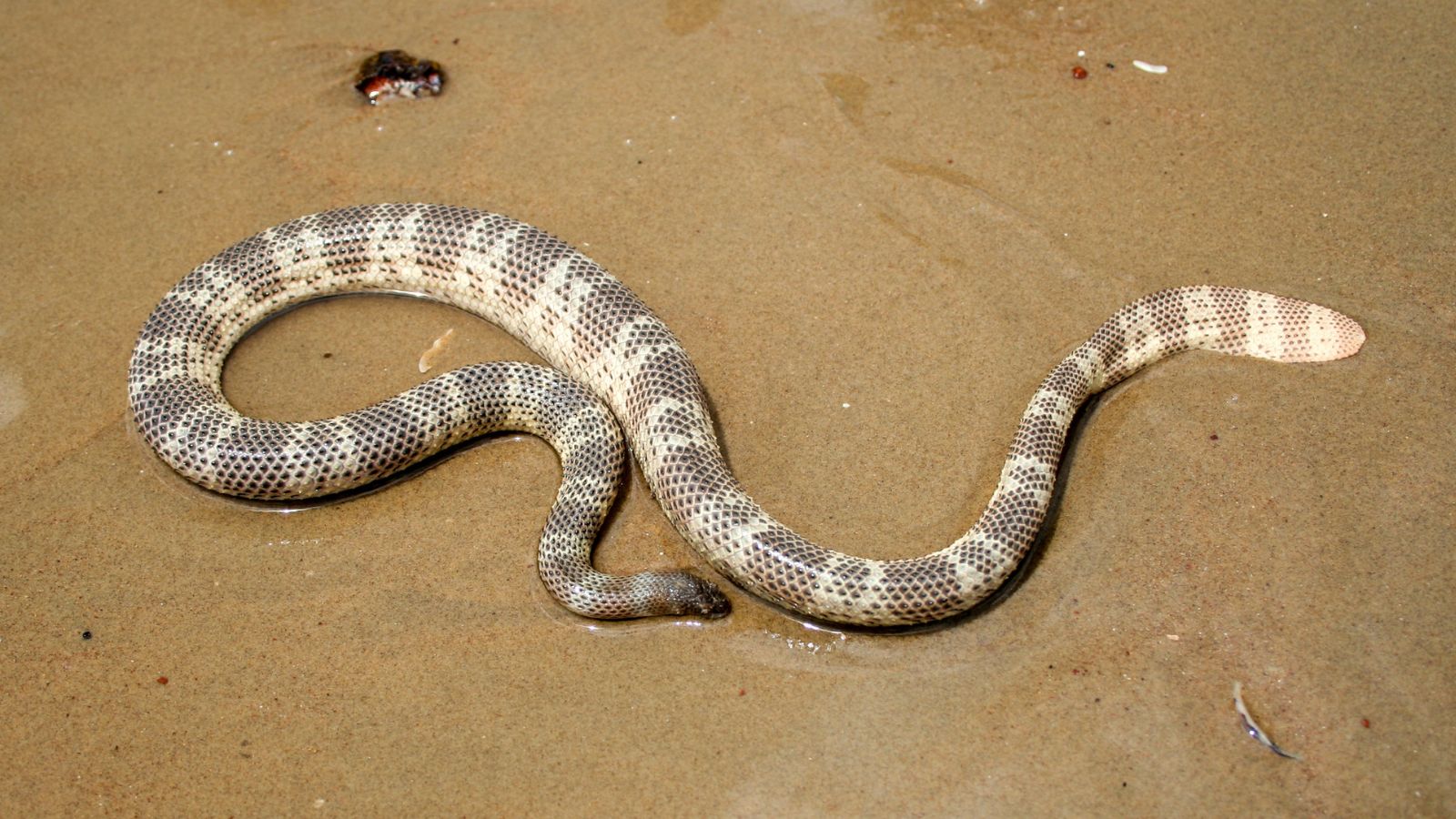
Dubois’ sea snake, found in the coastal waters of Northern Australia, has highly potent venom. Its bite can cause muscle pain, spasms, and paralysis, leading to respiratory failure. Immediate treatment with antivenom is critical to prevent severe outcomes and ensure the best chance of recovery.
Irukandji Jellyfish
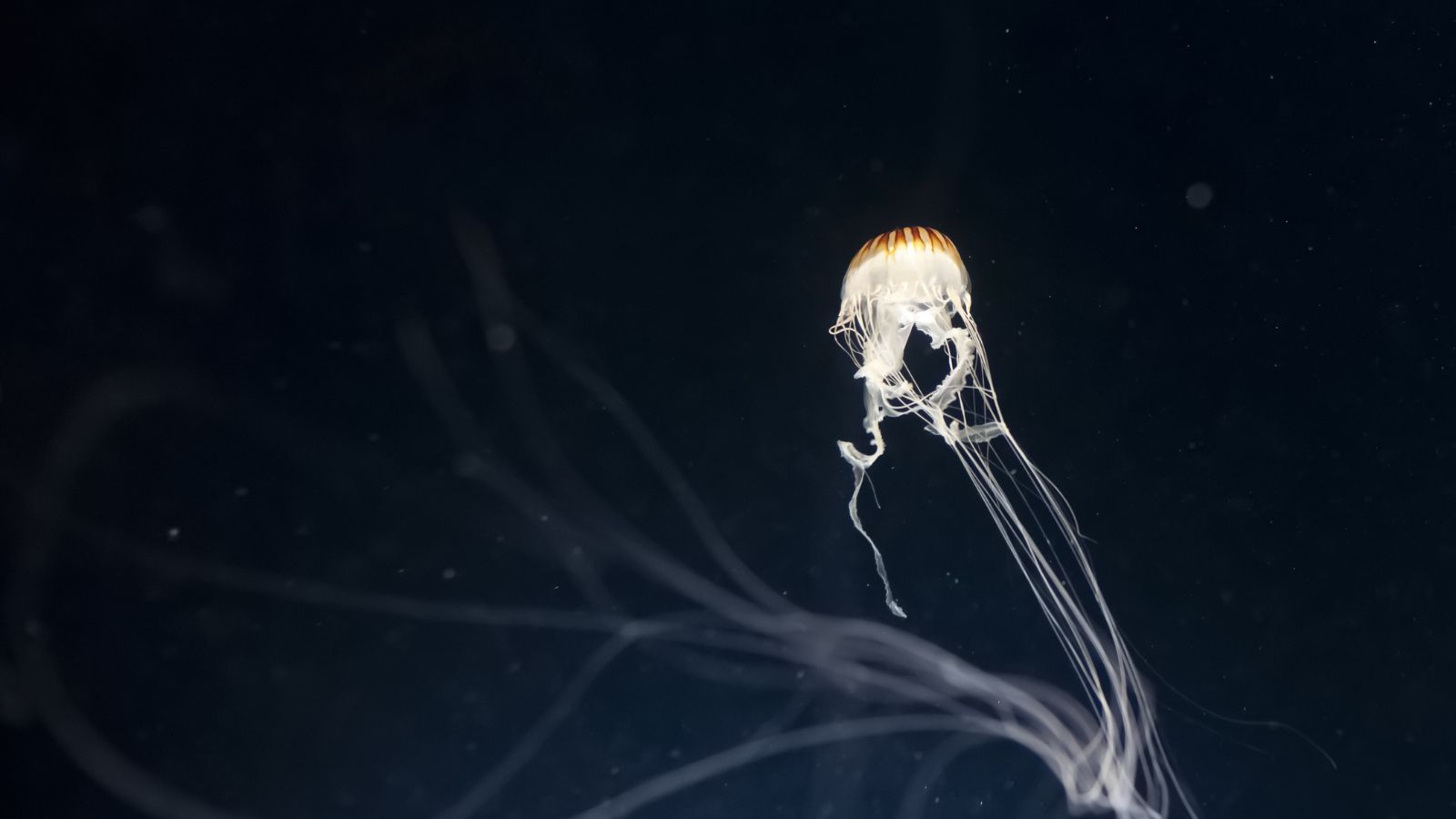
The tiny Irukandji jellyfish, found in Australian waters, has venom that causes Irukandji syndrome. Symptoms of this condition include severe pain, vomiting, and an increased heart rate, and these can be fatal if untreated. Despite its small size, this jellyfish is one of the deadliest marine creatures, and contact with one requires immediate medical care.
Black Mamba

The black mamba, one of Africa’s most feared snakes, has fast-acting and deadly venom. A single bite can deliver enough neurotoxin to kill multiple humans within hours. Known for its speed and aggression, the black mamba’s bite necessitates immediate medical care to prevent death or serious injury.
Up Next: 20 Things Your Boss Is Legally Forbidden to Ask of You

The workplace should be a professional environment free from discrimination and harassment. While employers have the authority to ask questions regarding legal work obligations, there are certain personal boundaries they cannot cross. Whether it’s an invasion of privacy or an unfair request, here are 20 examples of things your boss is legally prohibited from asking of you.
20 Things Your Boss Is Legally Forbidden to Ask of You
18 Things That Say You Are Middle-Class and Not Rich

The difference between the rich and middle class can be confusing, but the two couldn’t be further from each other in reality. In this article, we look at 18 signs that someone is middle class but not at all rich or wealthy.
18 Things That Say You Are Middle-Class and Not Rich
18 Most Dangerous Cities in the World (5 Are in America)

Across the globe, there are many places you don’t want to find yourself because of the crimes waiting to occur. Sometimes, even nature can be cruel to you. This is particularly the case in the following 18 most dangerous cities in the world, five of which are in America!
